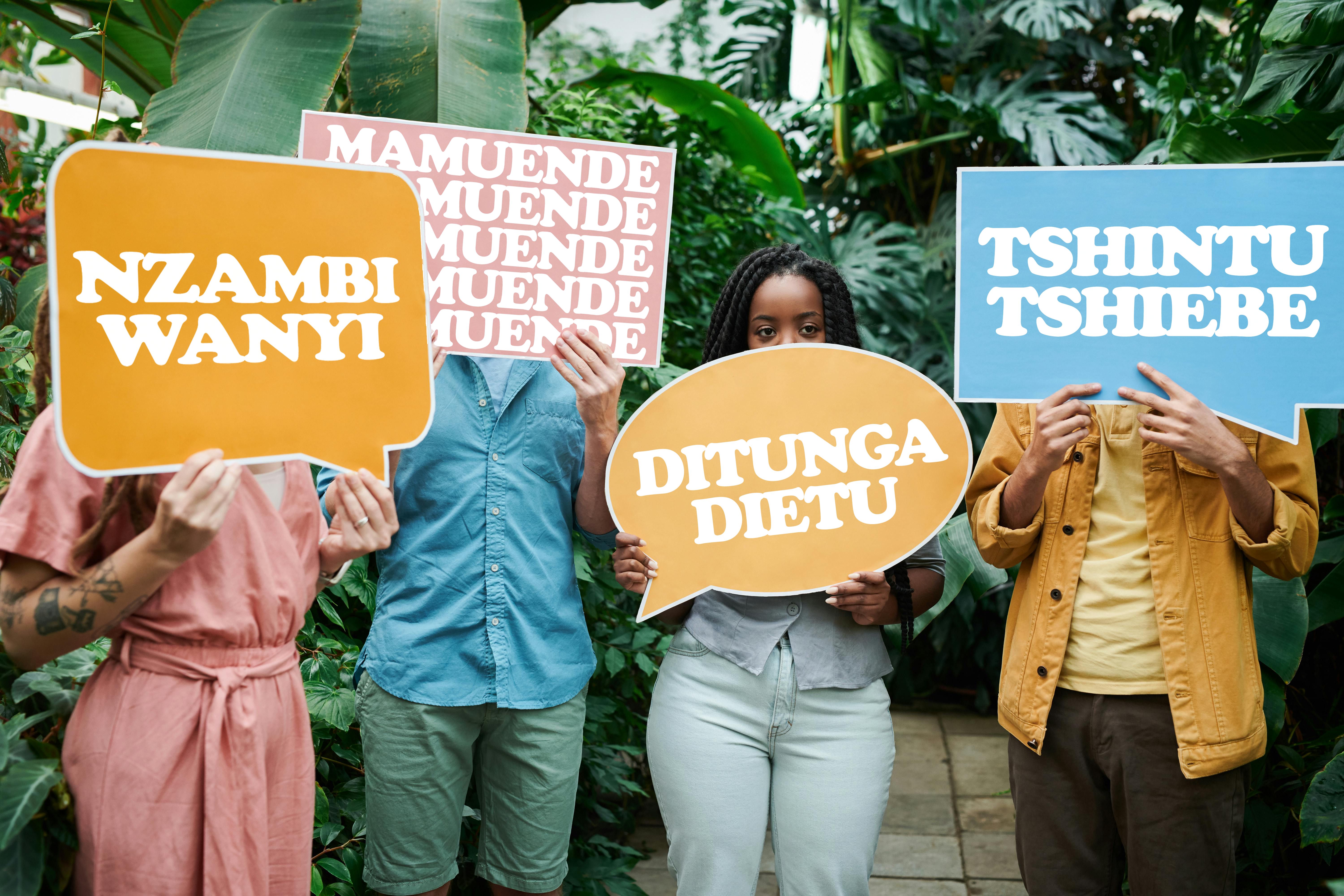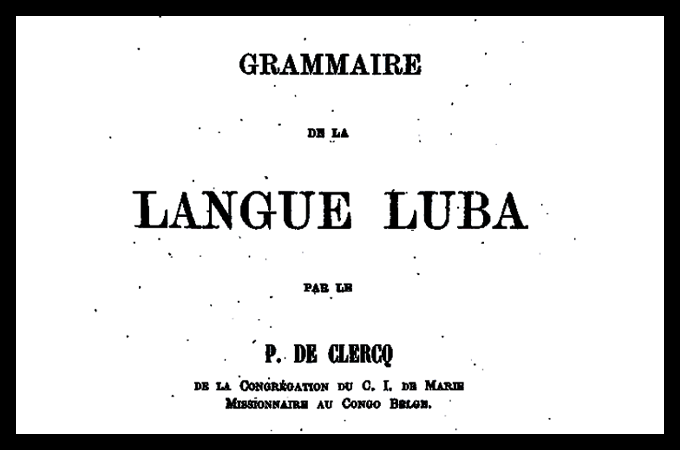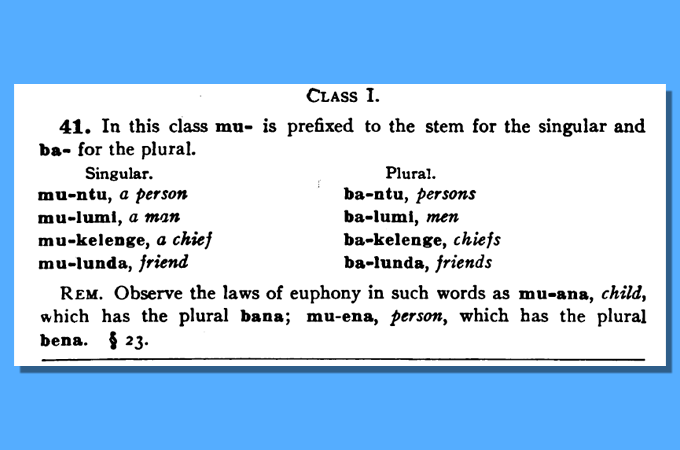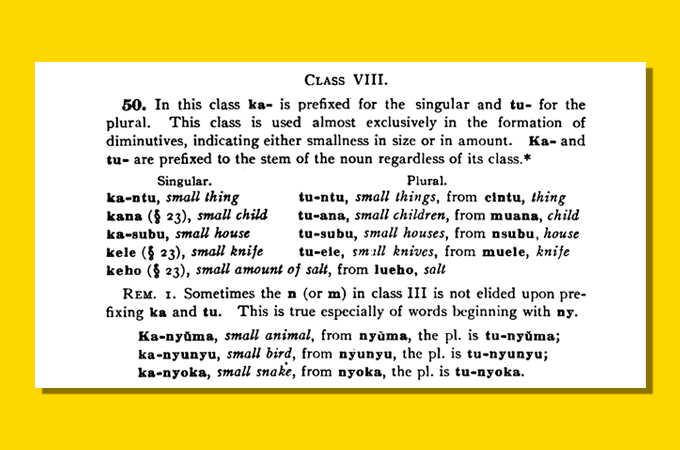Blog > Grammar
Grammar
This section contains all publications under the grammar category. Anything involving publications that contain overviews of Tshiluba grammar: nouns, verbs, adjectives, conjugations, pronouns, parts of speech, and all topics surrounding litterary syntax and grammatical rules.
Nzambi Wanyi! Mamuanyi! Ditunga Dietu! Possessive pronouns are used so often in everday communication. In this article, we discuss the possessive pronouns and adjectives in Tshiluba and how they are used.
Read More | Lire Plus | Bala KabidiMoyo! Betuabu! Sangayi Wabo! Greetings and salutations are often the starting point to learning a language. In this article, we discuss the various greetings in Tshiluba and how they are used.
Read More | Lire Plus | Bala KabidiConjugating 'to be' in Tshiluba can be complex. In this study, we explain the verb 'to be' and how to conjugate in two forms: the affirmative 'to be' and in the negative 'not to be.'
Read More | Lire Plus | Bala KabidiThere are a total of eight noun classes in Tshiluba. It is a fundamental necessity for anyone who aspires to gain literary tshiluba mastery to learn the noun classes of Tshiluba and their particularities.
Read More | Lire Plus | Bala KabidiIn Tshiluba, like most languages, there are nouns which describe people, places, or things. Nouns in Tshiluba with the prefix mu- or ba- are usually employed to describe people. Mu- is used for singular and ba- for plural.
Read More | Lire Plus | Bala KabidiThe inflection of nouns is made not by suffix terminations, as in the Indo-European system of languages, but by the use of prefixes. The Ka-Tu noun class in Tshiluba is almost exclusively employed for diminutives.
Read More | Lire Plus | Bala Kabidi




